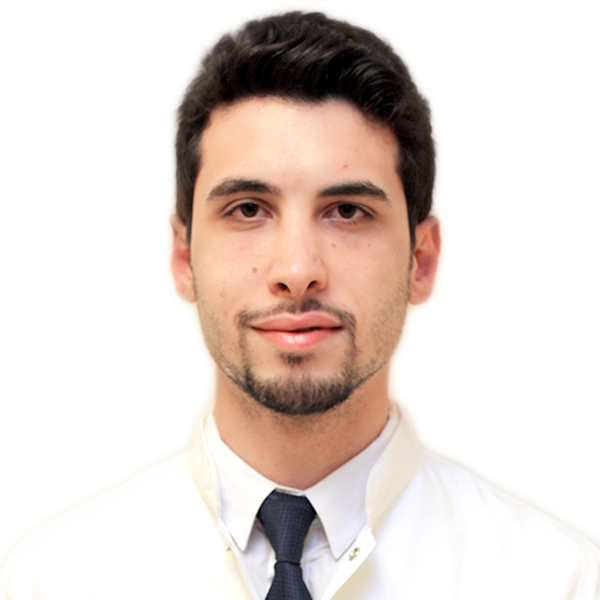Yosef Manla, United Arab Emirates has been granted the Emerging Economy Congress Scientific Award

Dr. Yosef Manla graduated Cum Laude from Aleppo University in Syria in 2020 with the Excellence in Education award.
He is currently a research scholar at the Cleveland Clinic Abu Dhabi. He has been academically active with several publications in international journals. He has presented at the foremost cardiovascular conferences. He has received several research recognitions and awards from various American and European cardiac societies. He has a vested interest in heart failure and heart transplantation with future aspirations to become a physician scientist.
Global and country-level growth in deceased organ donation over two decades
Yosef Manla1, Nour Bader1, Firas Al Badarin1, Nizar Attallah2, Feras Bader1.
1Department of Cardiology, Heart and Vascular Institute, Cleveland Clinic Abu Dhabi, Abu Dhabi, United Arab Emirates; 2Department of Nephrology, Medical Subspecialties Institute, Cleveland Clinic Abu Dhabi, Abu Dhabi, United Arab Emirates
Background: Organ shortage remains the main challenge to organ donation and transplantation worldwide. Given the limited number of deceased donors (DD), consolidated efforts were made in the past two decades to legislate and facilitate brain death donation and further increase its public acceptance. To better understand the impact of these strategies, we describe the global and country-level change in deceased organ donation activities between 2000-2019.
Methods: Using data from the Global Observatory of Donation and Transplantation (GODT) for the years (2000 to 2019), we screened all WHO countries (n=194) and included 75 countries with available data on deceased donation activities (DD data for ≥ 5 years). We obtained the annual number of DD in each country, including donors after brain death (DBD) and donors after circulatory death (DCD), and reported in absolute numbers in addition to the adjusted per million population (PMP) numbers. The average annual percentage change (AAPC) in the number of donors PMP was calculated using the JoinPoint Software of the National Cancer Institute.
Results: In a sample of 75/194 countries with available data on deceased donation activities, the absolute number of DD increased by 265.3% (from 11181 in 2000 to 40841 in 2019), or 0.11 to 0.4 DD, PMP with an AAPC of 7% (95% CI [4, 10.1]). This increase was predominantly driven by the rise in DBD, which increased by 228.2% (from 9703 in 2000 to 31842 in 2019), or 0.1 to 0.32 DBD, PMP with an AAPC of 6% (95% CI [4.6, 7.4]). However, temporal trends in the number of DD adjusted for the population varied considerably among countries (Figure 1), such that significant growth in DD was seen in 60 (80%) of the nations (AAPC 7.5%; 95% CI [5.6, 9.5]), while the remaining 15 countries were more likely to feature a decline over time (AAPC -1.6%; 95% CI [-3.1, -0.1]).
Conclusion: In this global sample, the number of DD increased by four folds between 2000-2019, mainly driven by donations after brain death. However, only 4 in 5 countries maintained growth in their deceased donation activities over time. Future research is needed to understand the variation in donation activities worldwide.


right-click to download
